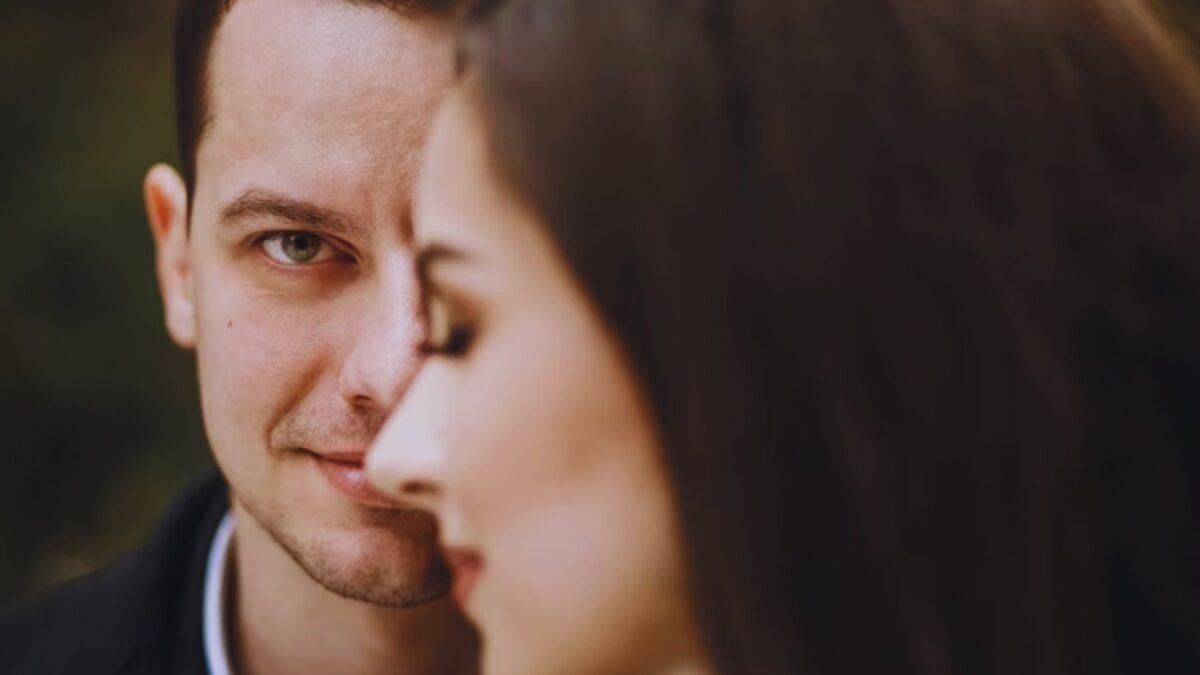The Hidden Truth Behind Avoiding Eye Contact: A Psychologist’s Perspective

Our eyes, more than any other part of the body, act as a mirror of what we feel. In a conversation, the direction of the gaze reveals nuances that words fail to express. Far from being an accidental gesture, it can become a silent confession of emotions that we prefer not to show.
The gaze as the foundation of communication

Eye contact not only serves to initiate an interaction, but also to maintain the rhythm of a conversation. When someone looks directly at us and remains silent, they are usually giving up their turn to speak. When they avoid it, they convey something different: insecurity, discomfort, or even a desire to escape.
During a chat, this interval sets the balance. Straying below that threshold arouses suspicions or immediate emotional interpretations.
What a sidelong glance reveals
According to psychologist Paula Martinez, avoiding eye contact excessively is an automatic behavior, almost impossible to control, that arises when we feel vulnerable.
Moreover, the direction in which the eyes turn away can reflect different brain processes: remembering a real experience or constructing a fictional response.
Beyond the sidelong glance: other eye gestures

An intense and prolonged gaze conveys attention, although excessive staring can border on intimidation. Squinted eyes often reveal alertness or distrust, while rapid blinking reflects nervousness. Even dilated pupils are involuntary indicators of attraction or fascination.
Each eye gesture is a message that the interlocutor’s brain interprets automatically, adding layers of meaning to the conversation.
It may seem like a minor gesture, but psychology shows that it contains a language full of emotions. What we keep silent with words, we often confess with our eyes. Understanding these signals does not guarantee deciphering every hidden thought, but it reminds us that human communication is much deeper than what we say out loud.






